A prototype is a model that represents how the final product is supposed to work and look. It simulates how something will function during the testing phase and helps develop solutions before spending time and money on building something that might not work.
You probably already have some ideas in your head about what the new product will look like, right? But a prototype is different. It’s a physical object, so you can understand how it works in real life—how it feels, whether it has flaws in its design or workflow, and many other things.
Prototypes help validate ideas—if they aren’t good enough, you modify the design before passing it to an engineering team. Engineering can develop the product based on these early designs if they are good enough.
Prototypes serve four main functions:
Representation: The prototype itself.
Precision: The level of detail.
Interactivity: The functionality, fully functional, partially functional, or view-only.
Evolution: The lifecycle of the prototype. May need to be created and improved upon, before becoming the final product.
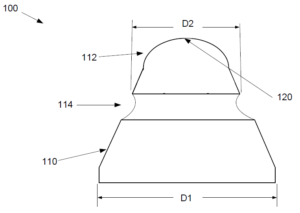
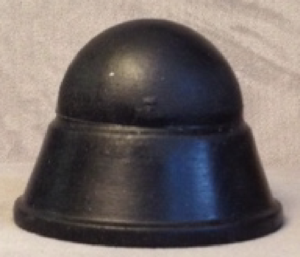
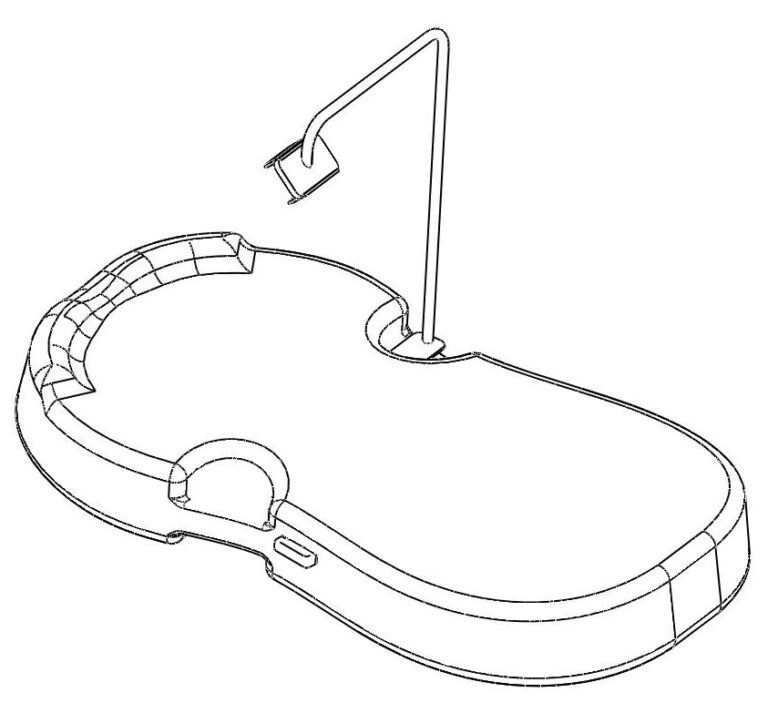
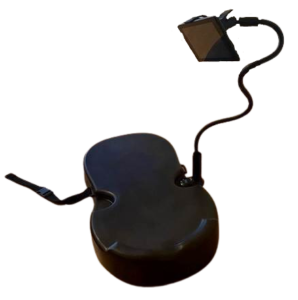


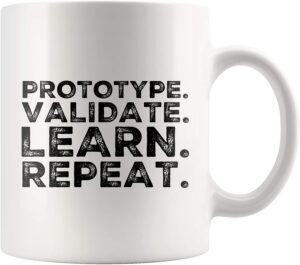

I prototyped my medical device using the same strategies and planning I use when working for my clients and their ideas. A prototype is necessary for every new idea and a natural part of a new invention.
– Jerry Joseph, Co-Founder Pancreum

Getting a prototype of your product made can be confusing and overwhelming. What if you don’t know how to create CAD drawings or don’t know how to write the specifications? Never worked with an engineer? It can be scary to even think about getting an engineering prototype.
We assist inventors in engineering prototypes for all kinds of products: consumer goods, medical devices, and much more. You’ll get what you need, and if you’re not sure what type of prototype that is, we will give you the best advice possible.
Our years of experience and connections with top manufacturers mean that we know how to make a prototype that’s just as high quality as any other, without the hassle.
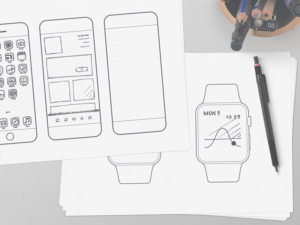

While it is easy to say, “I’m going to make a prototype,” the truth is that it is hard to know where to get started. You have to describe everything you would want in a prototype and then find someone who can do it for you.
You look at the big companies out there and feel overwhelmed by the number of things they can do—and the mixed reviews.
I was just like you, with a big idea you want to see come to life, and you’re trying to figure out how to get it done. I did the same thing you’re doing right now. Looking for all the same things you are: reliable, trustworthy partners who could help get the prototype off the ground. And that’s when I realized that the more prominent companies weren’t going to be able to give me what I needed.
And so here we are today. My practice is the culmination of years of listening to clients and inventors and learning what they need. Getting to know people their ideas and helping them take those ideas from concept to prototype is a cornerstone of my firm.


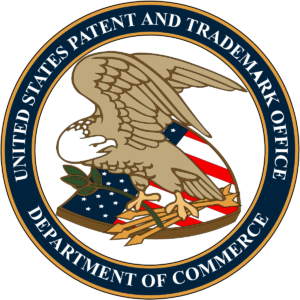

Why do I need a lawyer for
A Trademark?
How can I tell what
Type of Patent?
How can I make
A Prototype?
Do I need a trademark or
Copyright?
Do I need an LLC
To Sell Online?
The Intellectual Property Attorney you hire to represent you and your business is one of the most important decisions you will ever make.
These are the values that guide this firm:
A good intellectual property lawyer is priceless. Without one, you’re basically out in the cold on your own. I have seen, much could go wrong for clients’ businesses and even personal finances apart from the company. Having a good lawyer is often the difference between success and failure.
– Jerry K Joseph Esq. Founding Attorney




© 2023 Law Office Of Jerry Joseph. All Rights Reserved